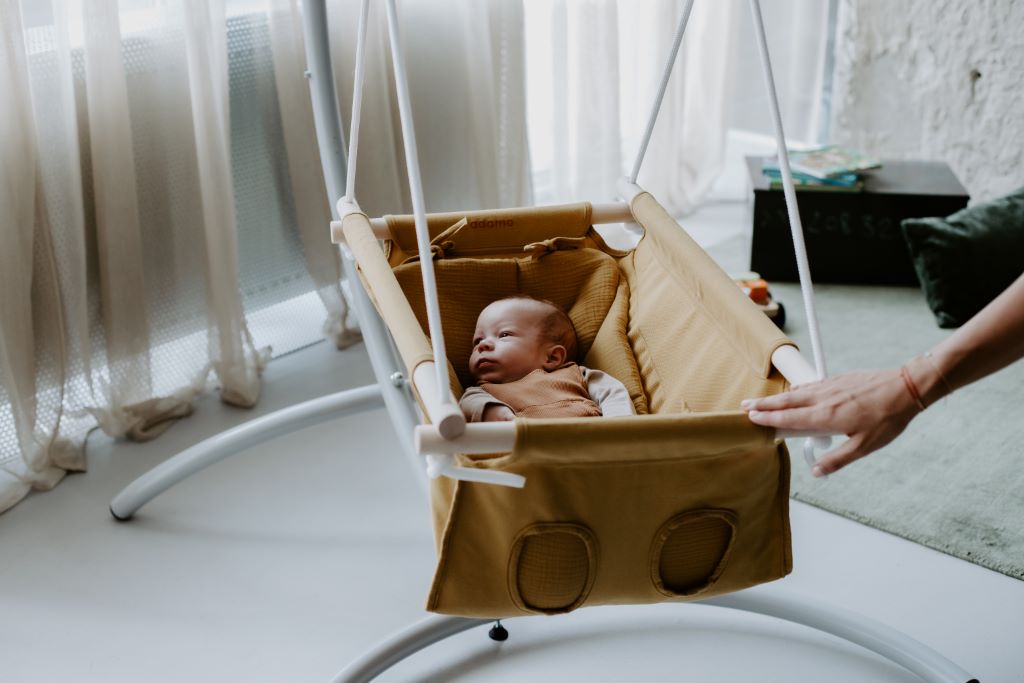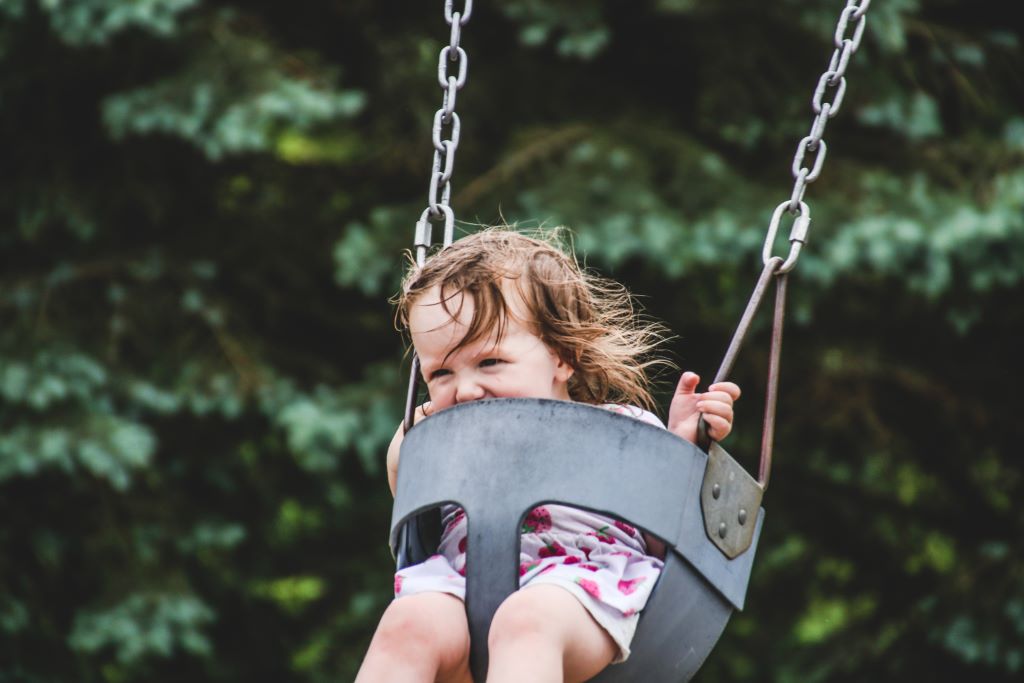Have you ever drifted off in a gently swaying hammock? If so, you know that a rocking motion makes falling asleep seem easier. The same goes for anyone who has ever put a baby to bed. The fact that we enjoy being rocked and swung seems to be coded deep in our genes.
It seems that our brains have been evolutionarily programmed to respond to rocking, bouncing, and swaying. There’s evidence that swaying may help us fall asleep faster, offering better quality sleep and improved memory formation as well.
One study in young adults and another in mice, both published in Current Biology, add to the evidence of the broad benefits of a rocking motion during sleep. These studies indicate that what generations of parents have instinctively done to soothe crying children and get them to sleep really works—not just on babies but on adults, too.
The results of these studies help offer insight into the neural mechanisms behind the rocking phenomenon and how it can be beneficial for human sleep. Volunteers in the study noticed a number of benefits after falling asleep rocked, including doing so more rapidly, enjoying deeper sleep for longer periods of time, and waking up fewer times.

Participants in the same study performed better on a memory test the following morning. This shows an association between the motion and the improved recall of word pairs learned the night before.
Another controlled study of premature babies found that motion stimulation accelerated postnatal development. When compared to the babies who weren’t rocked, all of the infants who experienced increased rocking over a period of two weeks showed significant gains in their overall neuromuscular development, auditory and visual orientation, alertness, and defensive reactions. These specific behavior areas are delayed in premature infants that aren’t exposed to sensory stimulation programs.

Our balance organ, also known as the vestibular system, is located inside the ear. A child will develop their sense of balance when they tilt over the midline and then find their way back, for example.
The vestibular system is in direct contact with the nervous system, and its maturation can be affected by swinging or rocking. When we swing, the three semicircular canals in the inner ear respond, measuring our acceleration and movement in three separate planes: horizontal, vertical, and diagonal. This stimulation is intrinsically connected to our sense of balance.

Vestibular stimulation happens when we experience movement combined with time, space, and the gravity of the Earth itself. When swinging, this stimulation helps to develop and maintain the proprioceptive system, which collects information from both muscles and joints as we move through space. Our central nervous system takes all of this information, processes it, and determines how we ought to react to the stimuli that have been identified.
On top of that, swinging affects the brain’s emotionally responsive connections, located in the prefrontal cortex. These are what cause babies to feel revitalized and calm.
Early stimulation of the vestibular system will have a lot of influence on the child’s development of movement. The close connection that this system has with the nervous system means that early stimulation will also improve their speech, among other abilities.
A. J. Ayres, an American occupational therapist, and educational psychologist spent years researching areas of sensory integration, which this system forms part of. Based on her findings, she was able to create a type of therapy to help with the behavioral, movement development, and learning problems of children.

Developed through empirical research, her intervention approach uses swinging and rocking movements to support sensory integration. “Sensory integration theory is used to explain why individuals behave in particular ways, plan intervention to ameliorate particular difficulties and predict how behavior will change as a result of the intervention,” according to the definition of her theory.
At Hreyfiland, we use an approach based on many of Ayres’s findings. During our classes, multisensory stimulation is applied, with a special emphasis on vestibular stimulation. Apart from the playing and exercises completed during classes, we also offer a special baby swing that our little clients can try.
The so-called Adamo swing is no ordinary baby swing. Its single-point anchoring system and spring allow the swing to move back and forth, move in a circular motion, and bounce up and down, exposing the child to complex vestibular stimulation that enhances the effect on the baby’s development.

While we use it for nervous system stimulation, the Adamo swing is also a must-have at home, instead of a cot or cradle. The swing can be used until your child is three years of age or 15 kg.
The Adamo swing is also available for purchase at Hreyfiland. If you’re interested, please send us a message here!

Hreyfiland is a family gym that offers play-based movement development classes led by a qualified child motor development therapist.